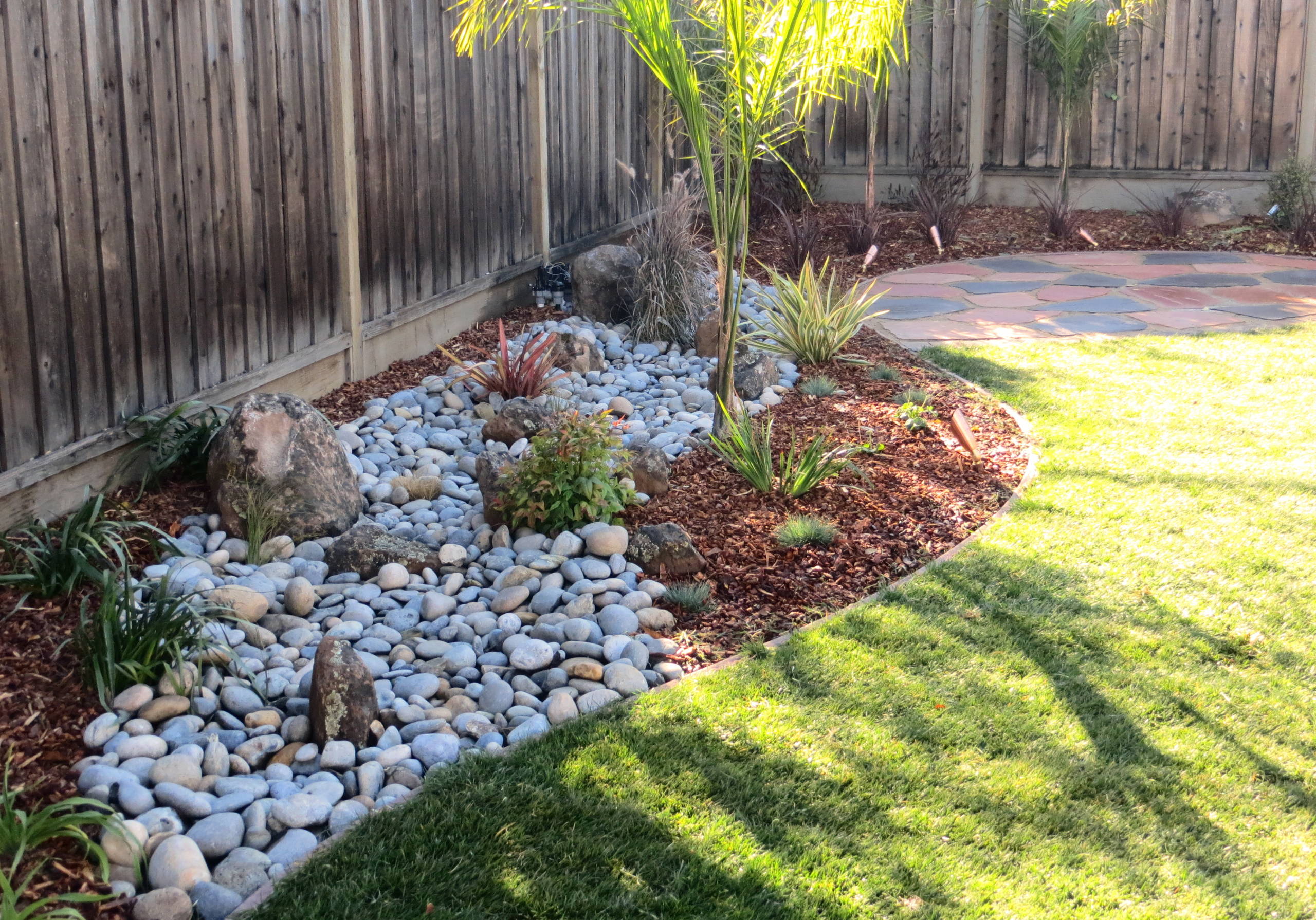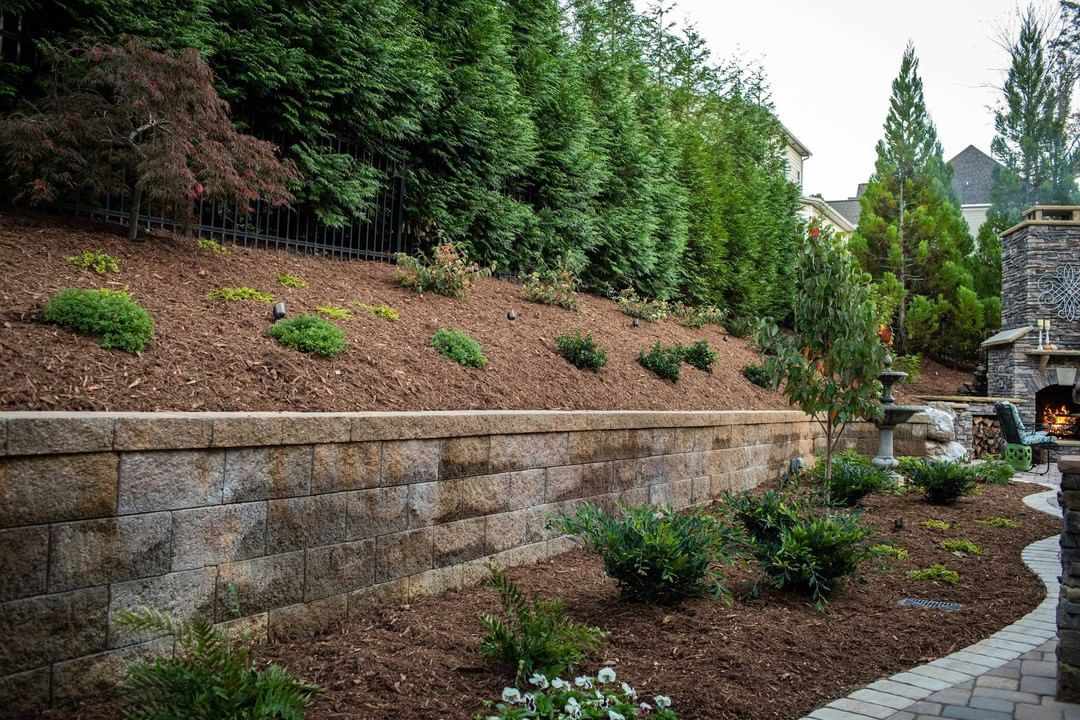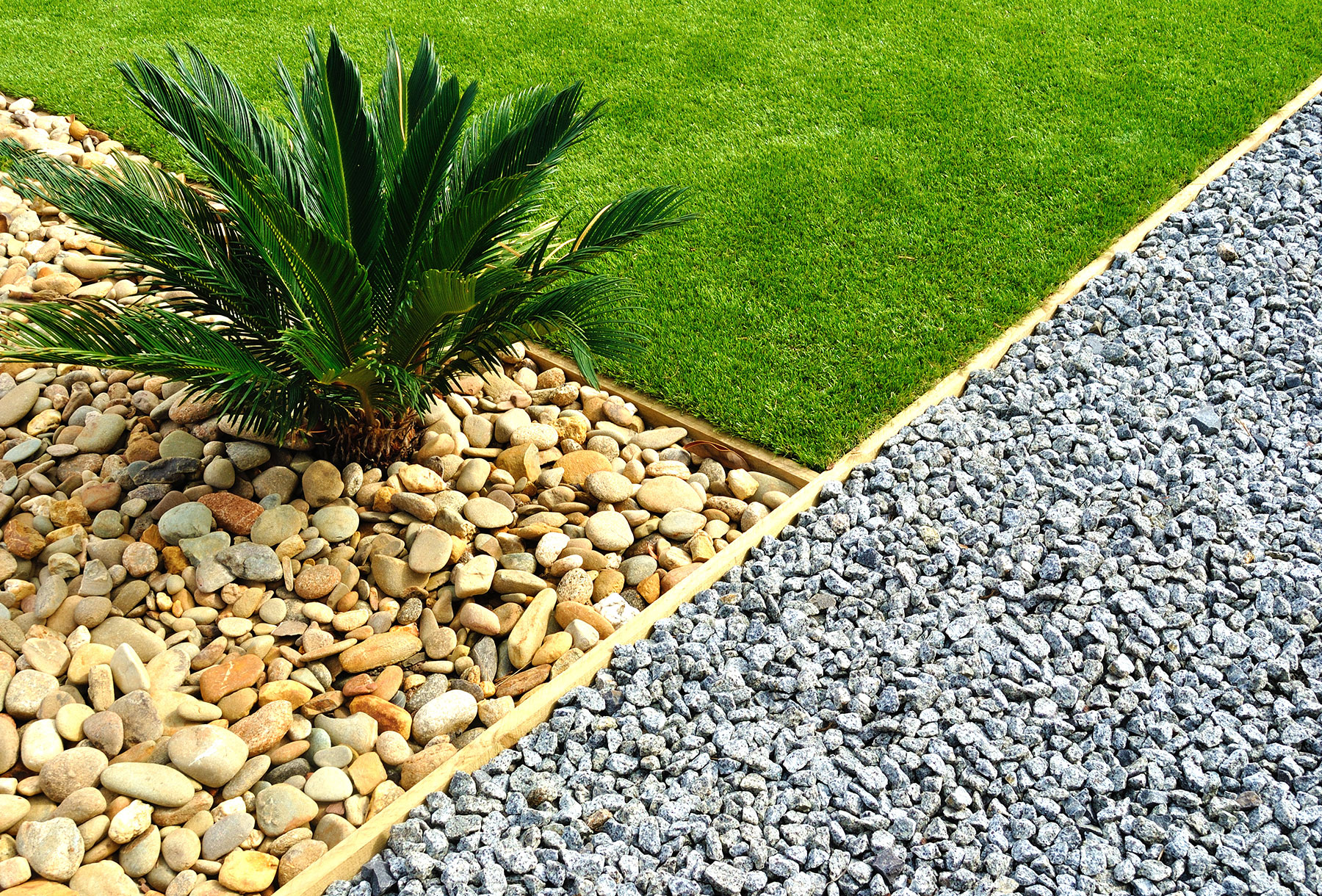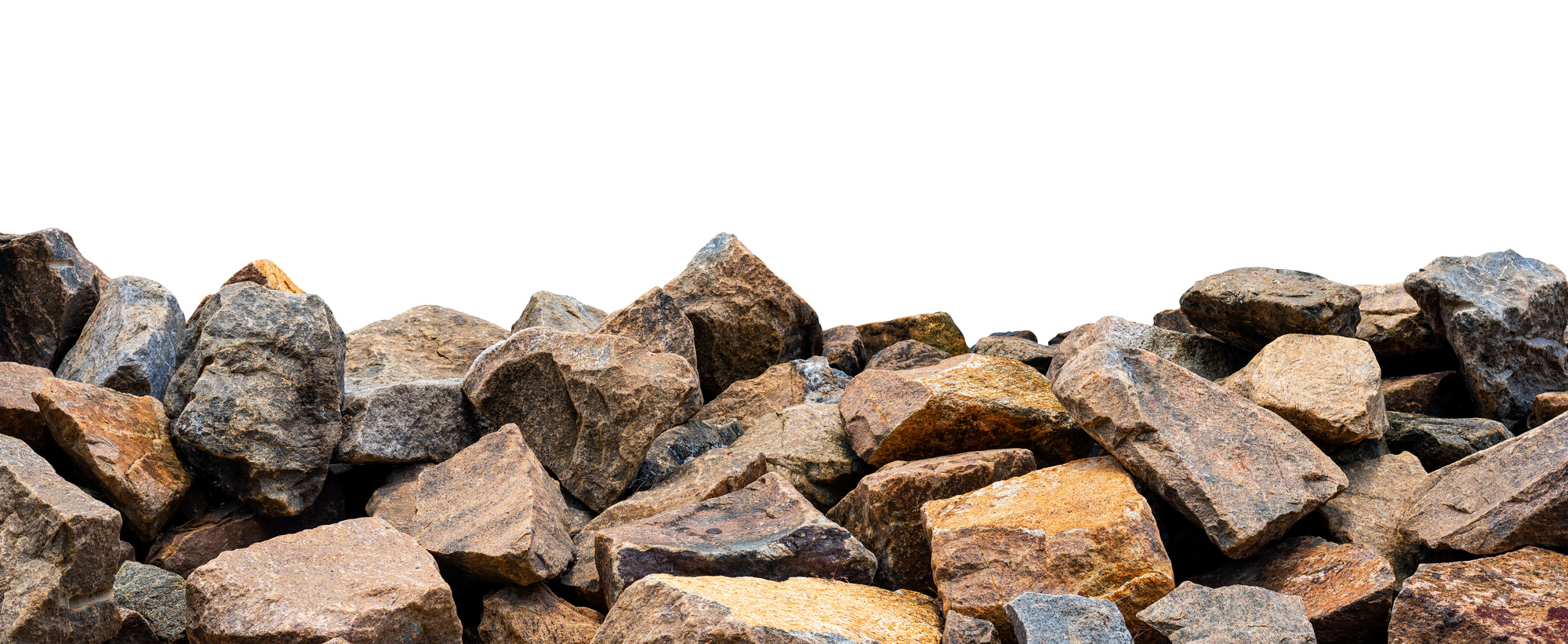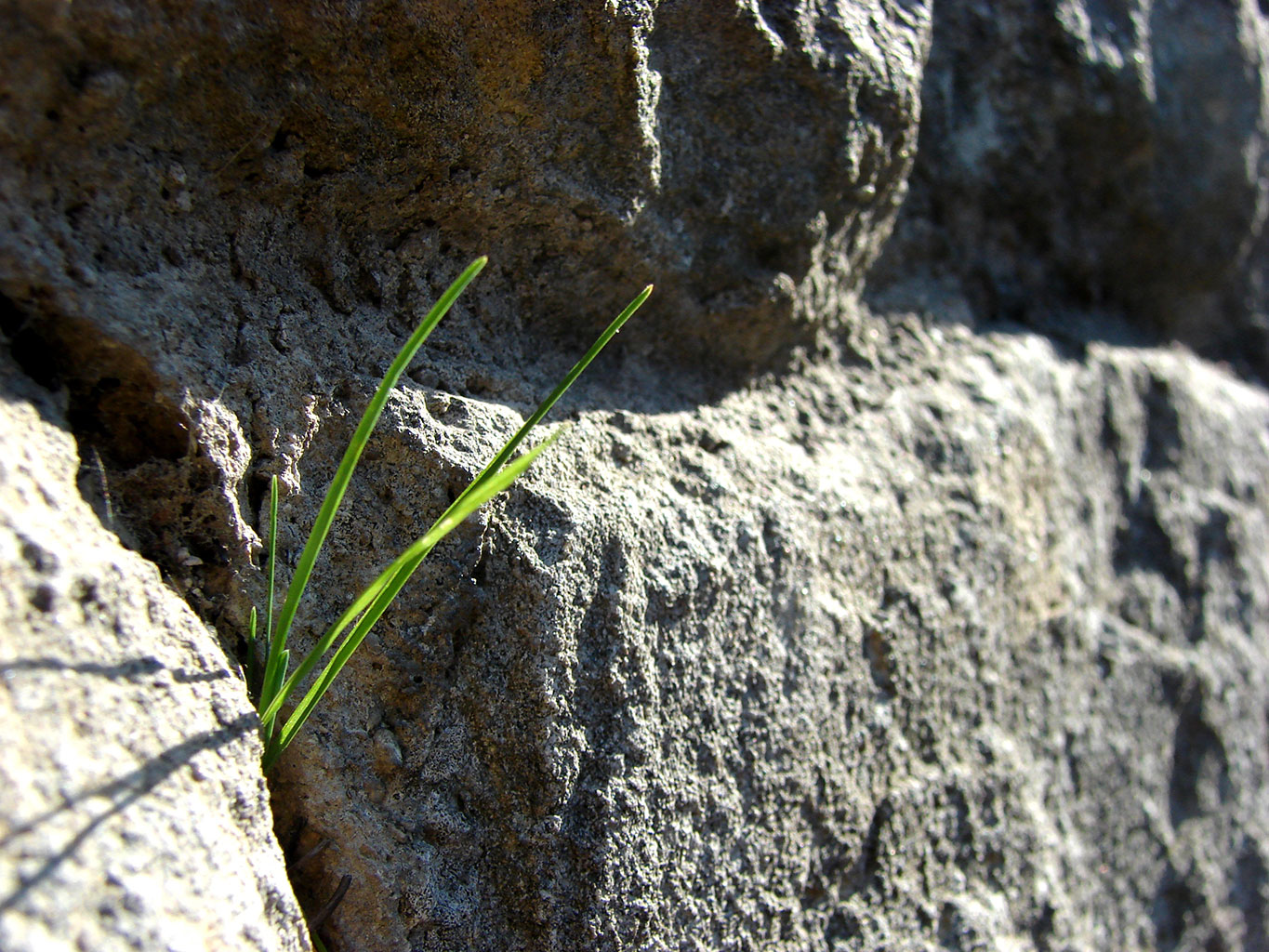Home>Garden Design>Planning Your Garden>How Much Are White Rocks For Landscaping
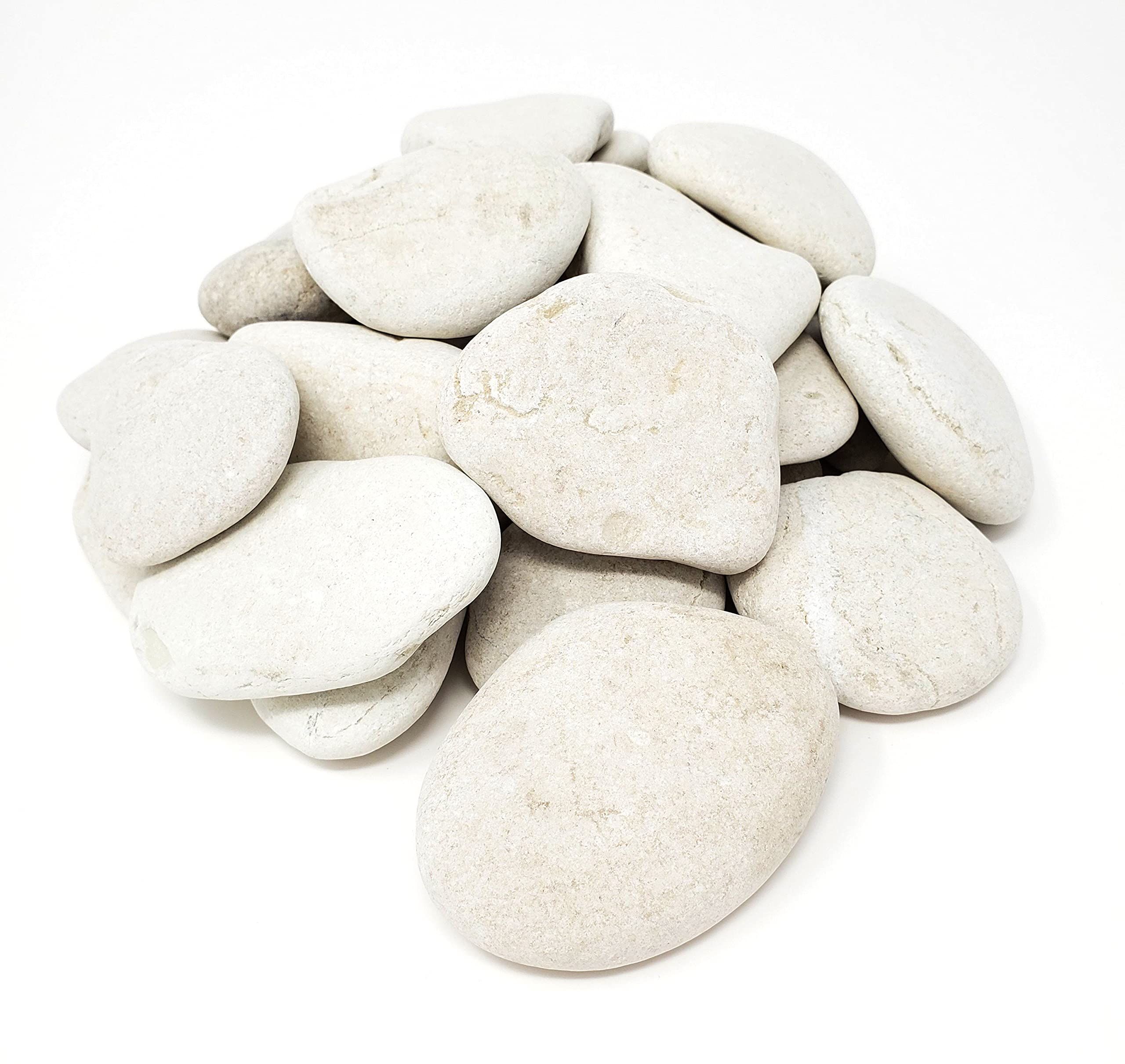

Planning Your Garden
How Much Are White Rocks For Landscaping
Modified: January 22, 2024
Looking to plan your garden and add some white rocks for landscaping? Find out how much they cost and get tips for incorporating them into your outdoor space.
(Many of the links in this article redirect to a specific reviewed product. Your purchase of these products through affiliate links helps to generate commission for Chicagolandgardening.com, at no extra cost. Learn more)
Table of Contents
- Introduction
- Benefits of Using White Rocks for Landscaping
- Factors Affecting the Cost of White Rocks
- Average Pricing of White Rocks
- Types of White Rocks Available
- Popular Uses of White Rocks in Landscaping
- Tips for Buying and Installing White Rocks
- Maintenance and Longevity of White Rocks
- Potential Drawbacks of Using White Rocks
- Conclusion
Introduction
When it comes to landscaping, choosing the right materials can make a significant difference in the overall aesthetic appeal and functionality of your outdoor space. White rocks have gained popularity as a versatile and visually striking option for landscaping projects. These rocks, often referred to as landscape stones or decorative pebbles, offer a unique and elegant look that can transform any garden or yard into a picturesque oasis.
White rocks are known for their versatility and suitability for various landscaping purposes. Whether you are looking to create a vibrant rock garden, define pathways, enhance water features, or add contrasting textures to your flower beds, white rocks can provide a stunning backdrop that complements any design theme.
One of the key advantages of using white rocks in your landscaping is their ability to reflect light, creating a bright and airy ambiance. This is particularly advantageous in spaces with limited natural lighting or if you want to create a visually larger area. Additionally, white rocks can help retain soil moisture, reduce weed growth, and prevent erosion, providing practical benefits alongside their aesthetic appeal.
The cost of white rocks can vary depending on several factors, including the type of rock, the amount needed, and its availability in your area. It is important to consider these factors and establish a realistic budget to ensure that your landscaping project stays within your financial means. In this article, we will explore the different types of white rocks available, their average pricing, and the popular uses for white rocks in landscaping. We will also provide essential tips for buying, installing, and maintaining white rocks to help you make informed decisions for your garden.
Benefits of Using White Rocks for Landscaping
Using white rocks in your landscaping offers a range of benefits that go beyond just their aesthetic appeal. Here are some key advantages of incorporating white rocks into your outdoor space:
- Visual Impact: White rocks add a touch of elegance and sophistication to any landscape design. Their bright and clean appearance creates a beautiful contrast against green foliage or colorful flowers, making them a stunning focal point in your garden.
- Versatility: White rocks can be used in various ways to enhance different areas of your landscape. They can be used to create pathways, borders, or edging for flower beds. These rocks also work well in water features such as ponds or waterfalls, adding texture and visual interest.
- Low Maintenance: Unlike organic materials like mulch or wood chips, white rocks do not decompose or require regular replacement. This makes them a low-maintenance option for your landscaping. They also help to suppress weed growth, reducing the need for constant weeding.
- Durability: White rocks are known for their durability and longevity. They can withstand extreme weather conditions, including heavy rain and intense heat, without deteriorating or fading. This ensures that your landscaping remains intact and visually appealing for years to come.
- Sustainability: White rocks are a sustainable choice for landscaping. They are naturally sourced and do not require any additional manufacturing processes. By using white rocks, you are reducing the demand for other materials that may have a larger environmental impact.
- Light Reflection: White rocks have the unique ability to reflect light, which can brighten up your outdoor space. This is especially beneficial in areas with limited natural lighting or in small gardens, as it creates an illusion of a larger and more open area.
- Soil Moisture Retention: White rocks help retain moisture in the soil by reducing evaporation. This can be particularly beneficial in dry climates or during periods of drought. By keeping the soil moist, you can promote healthy plant growth and reduce the need for frequent watering.
With these notable benefits, it’s no wonder that white rocks have become a popular choice among homeowners and landscapers alike. Their versatility, low maintenance requirements, and long-lasting nature make them an excellent investment for enhancing the beauty and functionality of your outdoor space.
Factors Affecting the Cost of White Rocks
Several factors influence the cost of white rocks for landscaping projects. Understanding these factors can help you plan and budget for your desired outcome. Here are the key factors that affect the pricing of white rocks:
- Type of White Rocks: There are different types of white rocks available in the market, such as marble chips, quartzite, limestone, and river rock. Each type has its own unique characteristics, which can impact their pricing. For example, rare or exotic varieties may be more expensive compared to more commonly available options.
- Size and Grading: White rocks come in various sizes and grading options. The larger the size or the more uniform the grading, the higher the cost. Smaller rocks, such as pea gravel, tend to be more affordable, while larger rocks, such as boulders, can be more expensive due to transportation and handling requirements.
- Quantity Needed: The amount of white rocks required for your landscaping project will naturally affect the overall cost. Before purchasing, accurately measure the area you plan to cover to estimate the quantity of rocks needed. Buying in bulk can often provide cost savings compared to purchasing smaller quantities.
- Availability: The availability of white rocks in your region can impact their cost. If the rocks need to be imported from a distant location, transportation costs may increase the overall price. Additionally, if certain types of white rocks are rare or in high demand, they may come with a higher price tag.
- Supplier and Location: The supplier you choose and the location of the supplier can also affect the cost. Prices may vary between different suppliers based on their overhead costs, profit margins, and delivery fees. Additionally, local suppliers may offer more competitive pricing due to reduced transportation costs.
It is important to consider these factors when planning your budget for landscaping with white rocks. By understanding the impact these factors can have on the cost, you can make informed decisions and ensure that your project aligns with your financial resources.
Average Pricing of White Rocks
The pricing of white rocks can vary depending on the factors mentioned earlier, such as the type of rock, size, quantity needed, availability, and supplier. While it is challenging to provide an exact cost, we can provide a general range to help you estimate the average pricing for white rocks.
Pea gravel, one of the most common types of white rocks used in landscaping, generally ranges from $30 to $55 per ton. This price range can vary based on your location and the supplier you choose. Marble chips, on the other hand, are more expensive and can range from $350 to $500 per ton. Quartzite, limestone, and river rock typically fall within the same price range as marble chips.
If you are looking for larger white rocks, such as boulders or larger river rocks, you can expect to pay more. The cost of larger rocks can range from $100 to $400 per ton. Keep in mind that the price for larger rocks may also include additional delivery and handling fees due to their size and weight.
It is worth noting that these price ranges are subject to change and can vary based on your specific location and supplier. To get an accurate estimate, it is recommended to contact local suppliers or landscaping companies for quotes based on your project’s requirements.
Additionally, it is important to consider the overall cost of your landscaping project. Apart from the cost of the white rocks themselves, you may also need to account for other expenses, such as excavation, weed barrier installation, and labor costs for rock placement. These additional costs can vary significantly depending on the complexity of your project and the experience of the professionals you hire.
By considering these average pricing ranges and factoring in any additional costs, you can develop a realistic budget for your white rock landscaping project.
Types of White Rocks Available
There is a wide variety of white rocks available for landscaping purposes, each with its own unique characteristics and appearance. Understanding the different types can help you choose the right rocks for your specific project. Here are some common types of white rocks used in landscaping:
- Marble Chips: Marble chips are a popular choice for adding a touch of elegance to gardens. They are typically smooth and polished, with a bright white color that adds a luxurious look to any landscape design.
- Quartzite: Quartzite rocks are known for their strength and durability. They have a granular texture and come in various shades of white. Quartzite rocks are versatile and can be used for walkways, decorative borders, and creating a natural waterfall effect in water features.
- Limestone: Limestone rocks are often used in landscaping for their light color and soft texture. They add a subtle and natural look to gardens, making them suitable for creating pathways, surrounding flower beds, or highlighting specific areas of your landscape.
- River Rock: River rocks are rounded and smooth, having been naturally shaped by water over time. They come in different sizes and can range in color from off-white to light gray. River rocks are commonly used in landscaping projects as ground cover, in rock gardens, or to create dry river beds.
While these are some of the most common types of white rocks, there may be variations or additional options available depending on your location and the specific suppliers in your area.
When choosing the type of white rocks for your landscaping, consider factors such as the overall design aesthetic you want to achieve, the specific area of your outdoor space where they will be used, and the durability required for the intended purpose. Some rocks may be better suited for decorative features, while others may be more appropriate for functional elements like pathways or erosion control.
Consulting with a knowledgeable landscaping professional or visiting a local stone yard can help you explore the various types of white rocks available and make an informed decision that aligns with your vision and budget.
Popular Uses of White Rocks in Landscaping
White rocks offer a versatile and visually appealing option for a wide range of landscaping projects. Whether you want to create a tranquil rock garden or enhance specific elements of your outdoor space, white rocks can be utilized in various ways. Here are some popular uses of white rocks in landscaping:
- Rock Gardens: White rocks are frequently used in rock gardens to create a striking contrast against greenery. They can be arranged to mimic natural rock formations and provide a low-maintenance alternative to traditional plant-filled gardens.
- Pathways and Walkways: White rocks can be used to create visually striking pathways and walkways in your garden. These rocks can be laid out in a pattern or used to define the edges, leading visitors through your landscape while adding a charming touch.
- Water Features: The bright white color of the rocks can beautifully complement water features like ponds, streams, or waterfalls. Placing them strategically around the water feature can add texture and create a serene and inviting atmosphere.
- Accentuating Flower Beds: White rocks can be used to highlight and define flower beds, making the colors of the flowers stand out more prominently. They can be used as a decorative border or as a mulch substitute to help retain moisture in the soil.
- Container Gardens: If you have container gardens or potted plants, white rocks can be used as a top dressing to add a clean and polished appearance. This not only enhances the visual appeal but also helps with moisture retention and weed control.
- Erosion Control: Incorporating white rocks on slopes or areas prone to erosion can help stabilize the soil. The rocks act as a barrier, preventing rainwater from washing away the topsoil and protecting your landscape from erosion damage.
- Decorative Elements: White rocks can be creatively used as decorative accents in your garden. They can be arranged around statues, birdbaths, or outdoor seating areas, adding a touch of elegance and creating a sophisticated atmosphere.
These are just a few examples of how white rocks can be utilized in landscaping projects. The versatility and aesthetic appeal of white rocks make them a popular choice for homeowners and landscapers looking to elevate the beauty and functionality of their outdoor spaces.
Consider your specific design goals and the unique features of your landscape when choosing how to incorporate white rocks. Experiment with different placement and arrangements to create a visually appealing and harmonious outdoor environment.
Tips for Buying and Installing White Rocks
Buying and installing white rocks for your landscaping project requires careful consideration to ensure a successful outcome. Here are some helpful tips to guide you through the process:
- Plan and Measure: Before purchasing white rocks, carefully plan and measure the area you want to cover. This will help you estimate the quantity of rocks needed and avoid any unnecessary expenses or shortages.
- Research Suppliers: Take the time to research different suppliers in your area. Compare prices, quality of rocks, and customer reviews to find a reputable supplier that offers competitive prices.
- Consider Delivery Options: If you are purchasing a large quantity of white rocks, inquire about delivery services. This will save you the hassle of transportation and ensure the rocks are delivered directly to your desired location.
- Inspect the Rocks: Before making a purchase, carefully inspect the white rocks for any signs of damage or discoloration. Avoid buying rocks that have a yellowish hue or appear weathered, as they may not provide the desired visual impact.
- Prepare the Area: Before installing the white rocks, prepare the area by removing any existing vegetation or debris. Ensure the soil underneath is level and free from any large rocks or objects that may affect the placement of the white rocks.
- Install a Weed Barrier: To prevent weed growth and maintain a clean and polished look, consider installing a weed barrier before laying down the white rocks. This will help to minimize maintenance tasks in the long run.
- Arrange the Rocks: When placing the white rocks, consider the design aesthetic you want to achieve. Experiment with different arrangements and patterns to create a visually pleasing and balanced look.
- Secure the Rocks: To prevent the white rocks from shifting or scattering, consider using edging or border materials to create a boundary. This will help to maintain the desired shape and prevent erosion.
- Maintain the Rocks: While white rocks are relatively low maintenance, it is important to regularly remove debris and keep the area clean. Additionally, check for any signs of weed growth and address it promptly if necessary.
- Refresh as Needed: Over time, the white rocks may lose their vibrant appearance due to weathering or natural wear. Consider refreshing the rocks by adding a thin layer of new white rocks or gently rinsing them to restore their brightness.
By following these tips, you can ensure a smooth and successful process when buying and installing white rocks for your landscaping project. With proper planning and attention to detail, you will create a stunning and enduring feature that enhances the overall beauty of your outdoor space.
Maintenance and Longevity of White Rocks
Maintaining the appearance and longevity of white rocks in your landscaping requires some regular upkeep. Here are some tips to help you keep your white rocks looking pristine:
- Clean Regularly: Periodically remove debris, fallen leaves, and other organic matter from the surface of the white rocks. Use a leaf blower, rake, or handheld broom to sweep away any unwanted materials.
- Inspect for Weeds: Regularly inspect the area for weed growth. Pull out any weeds manually or use an appropriate weed killer. By keeping the area weed-free, you can maintain the clean and polished appearance of the white rocks.
- Address Stains: Over time, white rocks may develop stains from mineral deposits, rust, or other environmental factors. If you notice any stains, try using a diluted bleach solution or a specialized stone cleaner to remove them. Test on a small area first to ensure it does not affect the color or texture of the rocks.
- Refresh the Appearance: If the white rocks start to look dull or faded, consider giving them a refresh. Gently rinse them with water to remove any accumulated dust or dirt. Alternatively, you can add a thin layer of new white rocks on top to restore their brightness.
- Check for Erosion: Keep an eye out for any signs of erosion around the white rocks. If you notice any areas where the rocks have shifted or settled, reposition them to maintain a level surface. Additionally, consider adding edging or border materials to prevent erosion and maintain the desired shape.
- Monitor Drainage: Ensure that water drains properly around the white rocks. If you notice any areas where water tends to pool or stagnate, adjust the slope or consider adding drainage solutions like French drains or gravel channels to redirect water away from the rocks.
- Protect from Sharp Objects: Be cautious when using tools or equipment near the white rocks, as they can scratch or damage the surface. Avoid dropping heavy objects or dragging sharp items over the rocks.
- Inspect Regularly: Regularly inspect the white rocks for any signs of damage, such as cracks or chips. If you notice any issues, repair or replace the damaged rocks to maintain the overall integrity and appearance of your landscaping.
With proper maintenance, white rocks can maintain their beauty and functionality for a long time. By incorporating these tips into your regular landscaping routine, you can ensure that your white rocks continue to enhance the aesthetics of your outdoor space for years to come.
Potential Drawbacks of Using White Rocks
While white rocks offer numerous benefits for landscaping projects, it is important to consider potential drawbacks before deciding to incorporate them into your outdoor space. Here are some potential drawbacks to keep in mind:
- Heat Absorption: White rocks have the tendency to absorb and retain heat from the sun. In hot climates or during intense summer months, this can contribute to increased temperatures in your garden or yard. Make sure to be mindful of this if you have sensitive plants or if you spend a lot of time outdoors.
- Reflection and Glare: The bright white color of the rocks can cause reflection and glare, especially on sunny days. This can create discomfort for those in the vicinity and may affect the overall ambiance of your outdoor space. Consider adding shade or using different materials in areas where glare might be an issue.
- Surface Hardness: Depending on the type of white rocks you choose, they may have a hard surface that can be uncomfortable to walk on or cause injuries if fallen upon. This is particularly relevant if you have children or elderly individuals in your household. Take precautions to ensure the safety of those using the space.
- Increased Maintenance: While white rocks are generally low maintenance, they can still require some upkeep. They may need occasional cleaning to remove debris or stains. Additionally, the white color can make weed growth more apparent, necessitating regular weeding to maintain the desired appearance.
- Cost: White rocks, especially certain types or larger sizes, can be more costly compared to other landscaping materials. The initial investment for a large area may be higher, and if you need to purchase additional rocks for replacement, it can add to the expenses over time.
- Limited Color Palette: White rocks offer a clean and crisp look, but they may not provide the variety of colors and shades that you can achieve with other materials. If you prefer a more vibrant or diverse color palette in your landscape design, white rocks may not be the best option.
- Stain Susceptibility: White rocks can be prone to stains, especially from organic matter, mineral deposits, or rust. Regular cleaning and maintenance are necessary to keep them looking pristine and to prevent the unsightly appearance of stains.
While these drawbacks should be considered, they can often be mitigated or managed with proper planning, maintenance, and the use of additional materials or landscaping techniques. It is important to weigh these potential drawbacks against the benefits and personal preferences to make an informed decision that suits your specific landscaping needs.
Conclusion
White rocks are an excellent choice for enhancing the beauty and functionality of your landscaping projects. They offer a range of benefits, including their visual appeal, versatility, low maintenance, durability, sustainability, light reflection, and soil moisture retention. The bright and clean appearance of white rocks adds elegance and sophistication to any outdoor space.
When considering white rocks for your landscaping, it is essential to factor in the cost, type of rock, size, quantity, availability, and supplier. Understanding these factors will help you plan your budget and make informed decisions that align with your vision and financial resources.
There are various types of white rocks available, such as marble chips, quartzite, limestone, and river rock, each with its own unique characteristics and uses. By selecting the right type of white rocks for your specific project, you can create a stunning and harmonious landscape design.
White rocks can be utilized in many popular landscaping applications, including rock gardens, pathways, water features, accentuating flower beds, container gardens, erosion control, and decorative elements. Their versatility allows you to unleash your creativity and transform your outdoor space into a captivating oasis.
To ensure successful installation, it is important to plan, measure, research suppliers, prepare the area, and follow proper installation techniques. Regular maintenance, such as cleaning, weed control, and addressing any issues promptly, will help preserve the appearance and longevity of the white rocks.
While white rocks offer numerous benefits, it is important to be aware of potential drawbacks, such as heat absorption, reflection and glare, surface hardness, increased maintenance, cost, limited color palette, and stain susceptibility. By being mindful of these factors and taking appropriate measures, you can overcome these challenges and enjoy the beauty of white rocks in your landscaping.
In conclusion, white rocks can be a stunning addition to your landscaping, elevating the overall aesthetic appeal and functionality of your outdoor space. With careful planning, proper installation, and regular maintenance, you can create a picturesque landscape that will bring you joy and admiration for years to come.
